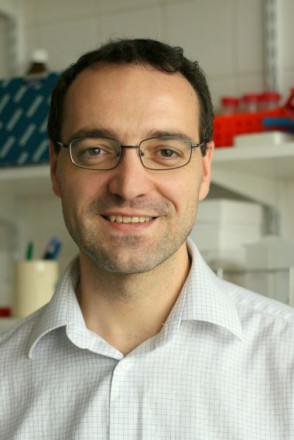Zaliova M, Hovorkova L, Vaskova M, Hrusak O, Stary J, Zuna J. Genes, Chromosomes and Cancer. 2016 Sep;55(9):727–37. doi: 10.1002/gcc.22374. Epub 2016 Jun 23. IF: 3.96

doc. MUDr. Jan Zuna, Ph.D., Department of Paediatric Haematology and Oncology
Abstract
Acute lymphoblastic leukaemias (ALL) with 51–67 chromosomes are defined as high hyperdiploid (HHD) and are generally associated with good prognosis. However, several studies show heterogeneity in HHD ALL and suggest that the favourable prognosis is associated rather with higher ploidy defined by DNA index (DNAi) ≥ 1.16 or with a presence of specific single or combined trisomies. HHD ALL with DNAi < 1.16 are only rarely studied separately. Using single nucleotide polymorphism array, we analysed 89 childhood HHD ALL patients divided into groups with lower (<1.16; n = 34) and higher (≥1.16; n = 55) DNAi. We assessed treatment response, presence of secondary aberrations, mutations in RAS pathway genes and CREBBP and also gene expression profile (GEP) to reveal differences between the two subgroups. Cases with 51–54 chromosomes had DNAi 1.1–1.16 and cases with 55–67 chromosomes had DNAi ≥ 1.16. The groups with lower and higher DNAi had distinct response to early treatment and distinct GEP. The better response of the group with higher DNAi was associated with specific trisomies (trisomy of chromosome 10 or combined with trisomies 4 and/or 17). Our results suggest that cytogenetically defined HHD ALL can in fact be divided into two biologically distinguishable subgroups and that DNAi 1.16 is a relevant value to separate between the two.
